Indoor Garden Setup
Growing veggies year-round is quickly becoming popular all over, and for good reason. Who doesn’t want summer veggies even when it’s cold outside? Know the best indoor garden setup so you can do just that.
Gardening 101 tips that you can use to grow veggies inside your home.
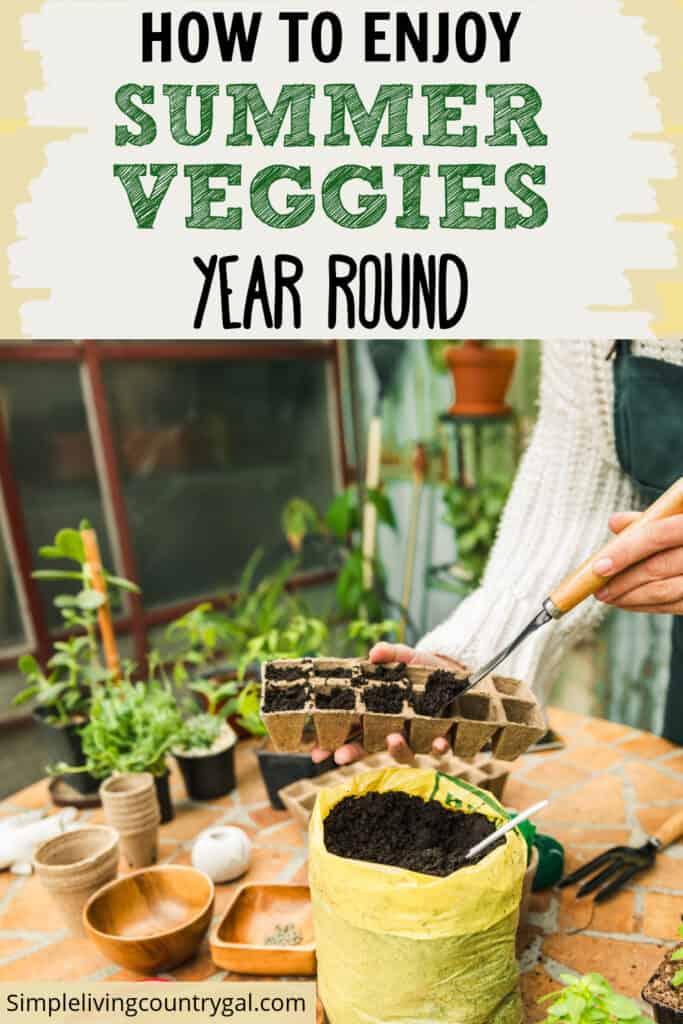
Do you have a space in your home begging to be turned into something productive? Craving fresh vegetables during the cold winter months when produce is scarce is common for many folks. Instead of waiting for summer, you can set up an indoor gardening area and enjoy those veggies now.
We’ll go over the steps necessary to get started as well as the key factors your plants will need to flourish all the way to harvest.
What Vegetables grow the easiest inside of a home?
When it comes to indoor gardening, the light and temperature conditions of your home will limit you in terms of what vegetables you can grow. Since plants need a certain number of hours of sunlight per day, you are limited.
Easy Greens to Grow Indoors
- Spinach
- Lettuces
- Kale
- Swiss chard.
Easy Herbs to Grow Indoors
- Rosemary
- Basil
- Parsley
More Herb Resources:
Other Plants to Grow Indoors
- Carrots
- Peppers
- Radishes
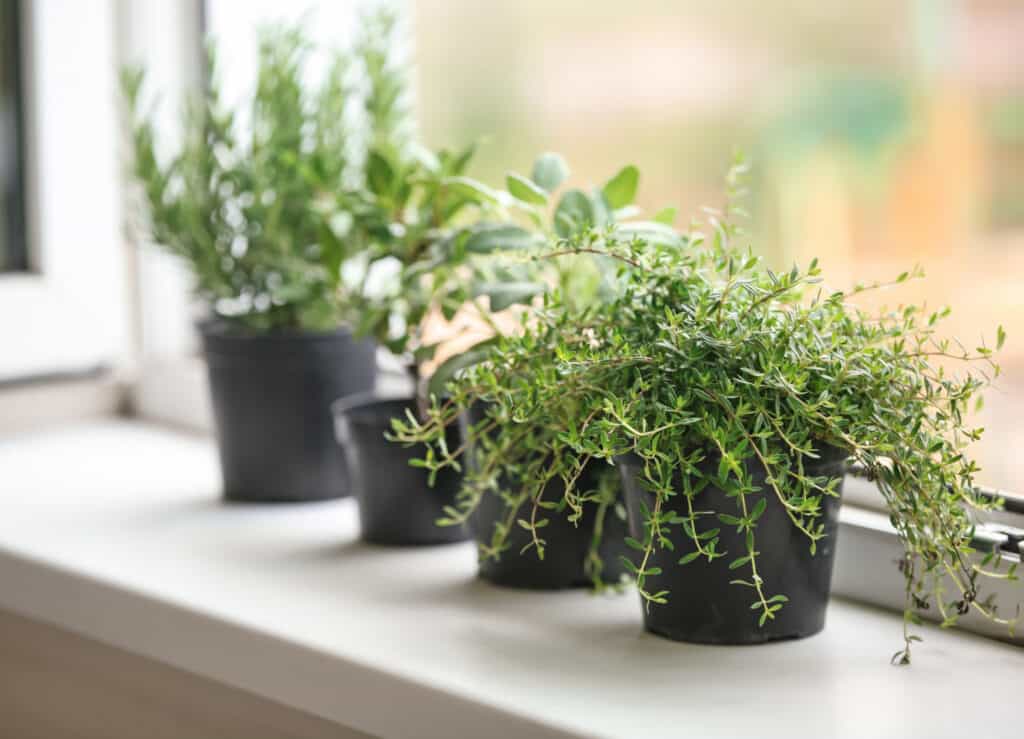
Supplies you need to get started with your indoor garden
For many vegetables, the basics you need to get started are:
- Containers or grow bags
- Organic quality potting soil
- Seeds or seedlings
- Enough daily natural light or artificial light
- Temperatures warm enough for optimal indoor growth
Tips on finding the best natural sunlight for your plants
When choosing where to put your indoor garden setup, sunlight is the best place to begin. For vegetables such as peppers, you need to find a spot in your home that gets at least 6 hours of natural sunlight daily. If you have south-facing windows, then this will likely provide the best light for most plants. Alternatively, you may choose to use artificial lights if you don’t get enough natural light in your indoor space, such as LED lights, fluorescent lights, or grow lights.
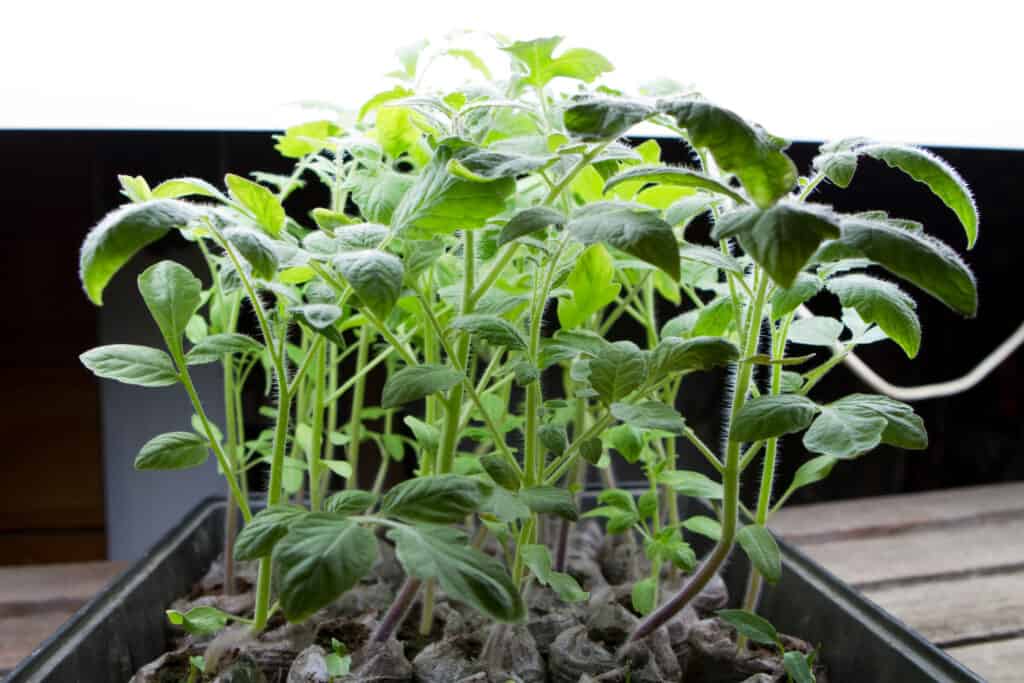
Temperature requirements for indoor gardens
It is important to note that not all vegetables grow well in the same temperature range. Greens, such as kale and spinach, have a lower optimal growth temperature than peppers or tomatoes, which require higher temperatures. You should always check the seed packet of whatever vegetable you are going to plant for its required daytime and nighttime temperatures in order to make sure your indoor garden will be a success.
How to set up your indoor garden
Once you have chosen the location for your indoor garden, you can start setting up. Here are some simple steps to get started:
- Choose the right containers and/or grow bags for your vegetables and herbs.
- Fill the containers with organic potting soil mix, ensuring that it is well-draining and contains added nutrients if necessary.
- Plant your seeds or seedlings and make sure to provide enough water, depending on the specific needs of each plant.
- Place the containers in a sunny spot with plenty of natural light or near artificial lights if needed.
- Monitor the temperature and adjust as necessary for optimal growth conditions.
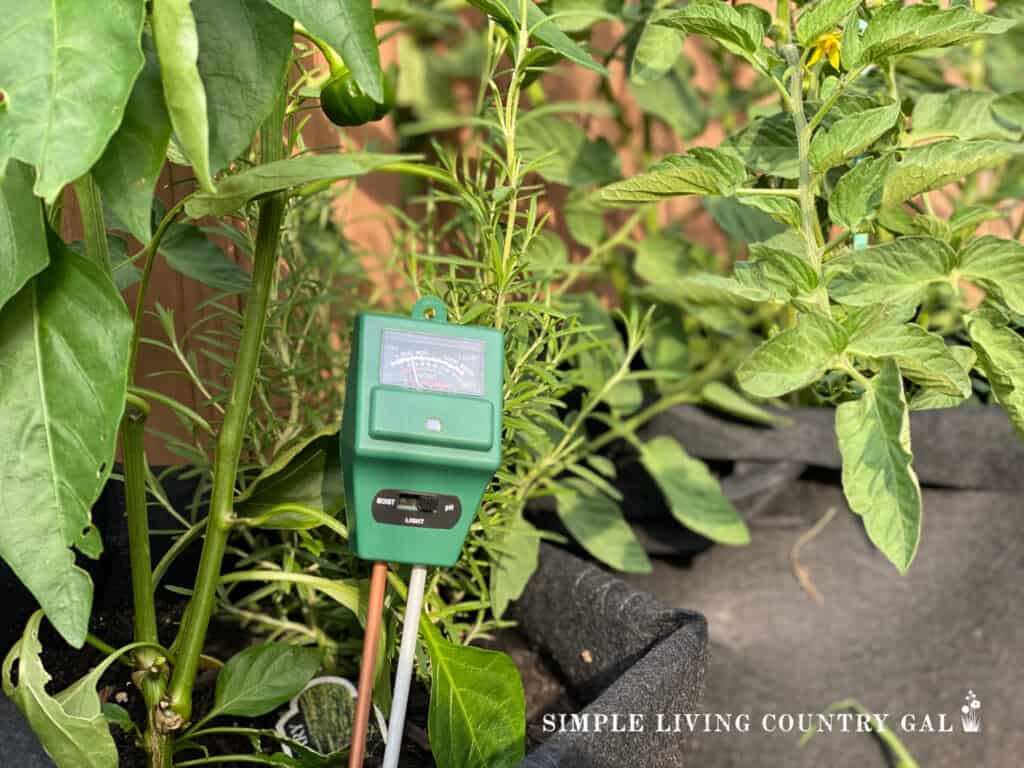
Should you build a shelf set up or purchase a hydroponic system?
It depends on the type of plants you want to grow. For vegetables and herbs, a simple shelf setup is often best as it provides enough natural light and warmth for optimal growth. However, for certain plants, such as tomatoes or strawberries, you may need to consider a more advanced hydroponic system in order to achieve the necessary temperature and humidity levels.
Maintaining a healthy indoor garden
Once you have your indoor garden set up, it’s important to keep it healthy and thriving. Here are a few tips for keeping your plants in good condition:
- Water regularly according to the needs of each plant.
- Fertilize every two weeks to replenish nutrients in the soil.
- Prune or transplant plants if they become overgrown or crowded.
- Monitor for pests and diseases and take appropriate action if necessary.
- Rotate the plants regularly to ensure even growth and prevention of overcrowding on one side of the garden.
- Check the soil moisture levels often to make sure it is not too dry or too wet.
- Provide adequate air circulation to prevent fungal and bacterial diseases.
- Boost the humidity levels in dry climates by misting the plants or using a humidifier.
- Give your plants a periodic shower with lukewarm water to help keep them clean and free of dust.
- Experiment with different lighting setups, such as LED lights, to achieve the best results for your plants.
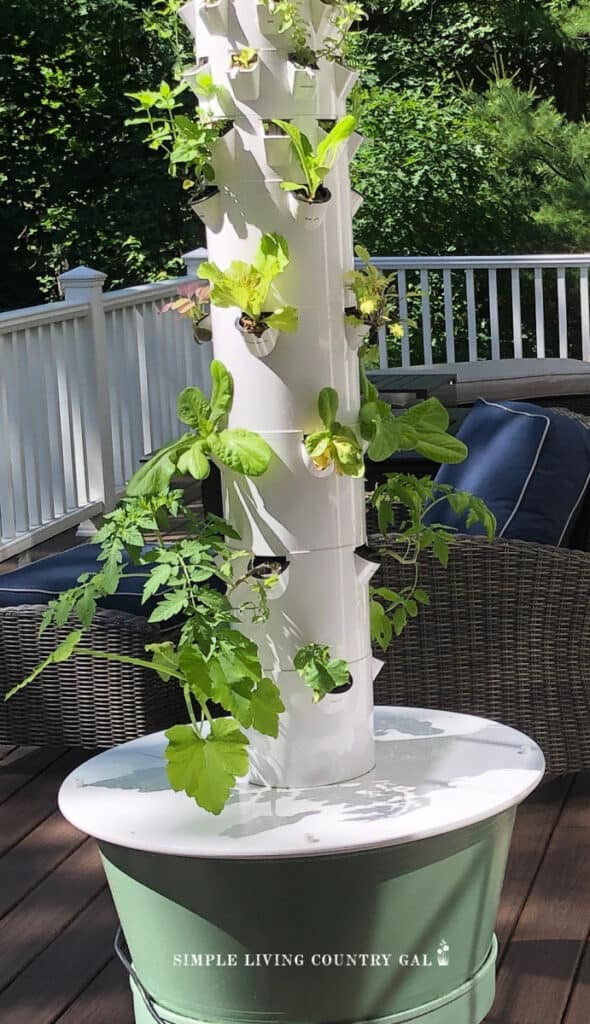
Tips for warming things up on cold winter days.
- Use a space heater to maintain a consistent temperature in your indoor garden.
- Keep the plants close together to help keep them warm and discourage drafts.
- Move the container closer to a sunny window or use supplemental lighting for additional warmth.
- Use a seedling heat mat or grow lights to provide extra warmth and encourage the germination of young plants.
- Invest in an indoor thermometer and humidity gauge to monitor the environment and adjust as needed to achieve the necessary temperature and humidity levels.
- Incorporate mulch into the soil to help retain moisture and create a warmer environment for the plants.
- Create small shelters or “mini-greenhouses” with plastic sheeting or wire cages to protect vulnerable plants during cold spells.
While gardening indoors may seem intimidating at first, it is actually a very easy process to get started. With the right supplies and a little bit of knowledge, you can have fresh produce whenever you want throughout the year. Not only will you get to enjoy farm fresh food whenever you want but it can also be quite a fun hobby. Furthermore, growing your own vegetables or herbs means that you can avoid buying produce that are grown with pesticide residue, allowing for healthier eating habits.
